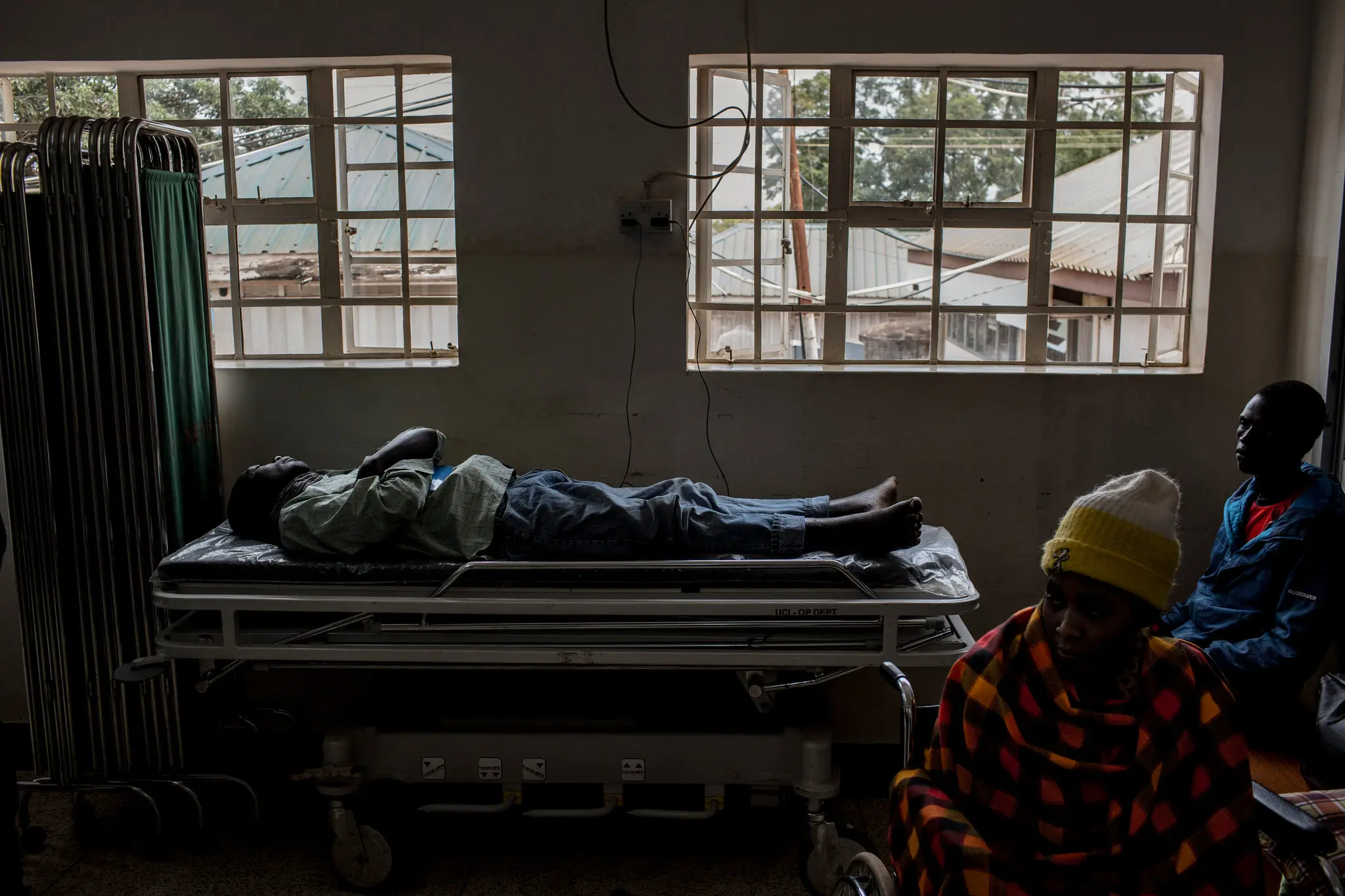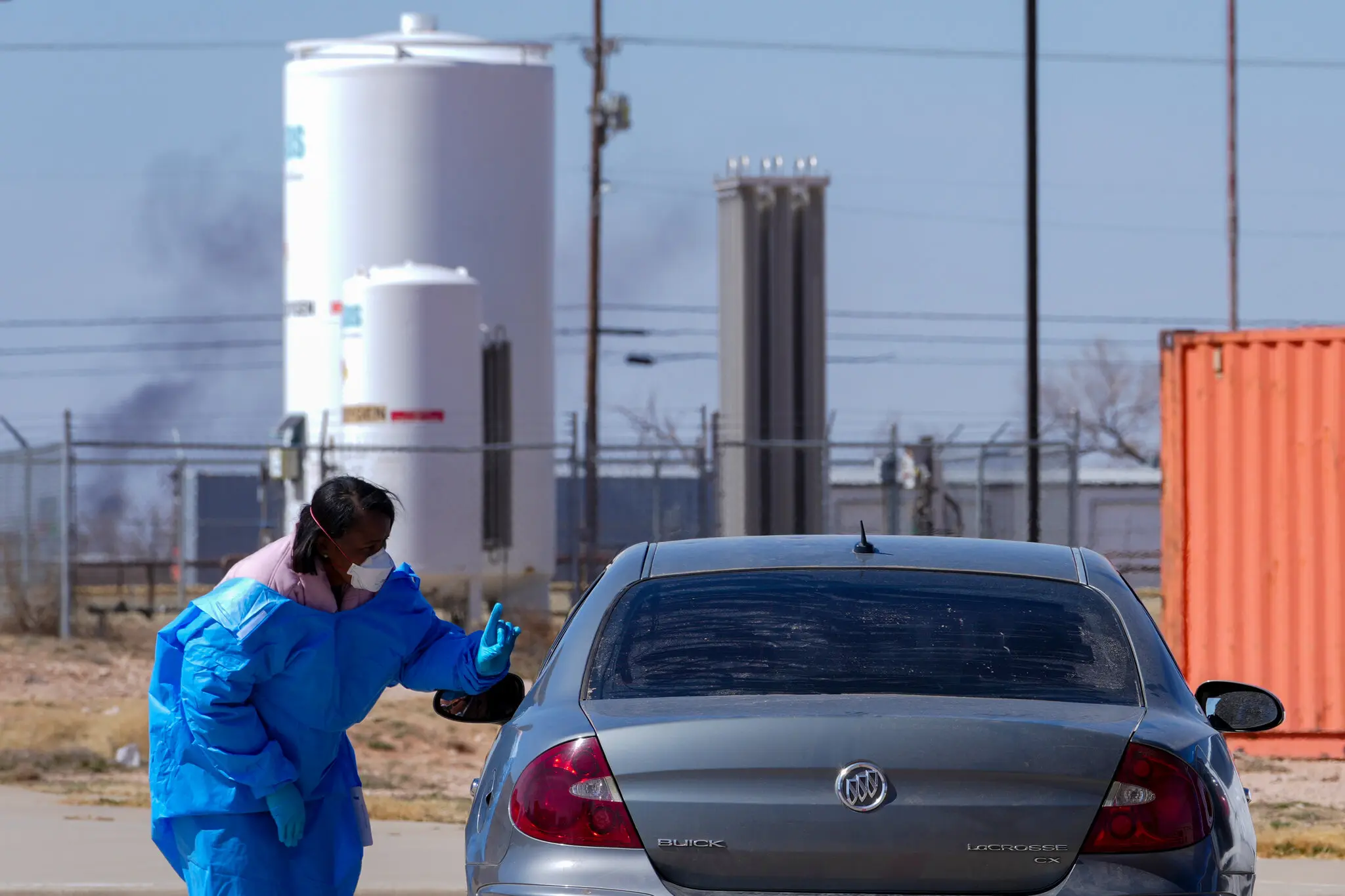After Decades of Neglect, Drug Companies Shift Focus Toward Global Poor
Pharmaceutical giants are increasingly turning their attention to low-income populations, launching initiatives to develop and distribute affordable treatments for diseases that disproportionately affect the world’s poor. Advocates hail this as long overdue, while critics remain wary of motives and sustainability.
For much of modern pharmaceutical history, low-income populations in the Global South have remained largely invisible to the industry's R&D priorities. With little purchasing power and limited health infrastructure, these communities were often considered financially unviable markets for drug development. But that may finally be changing.
In a significant departure from decades of neglect, major pharmaceutical companies are increasingly developing and distributing treatments targeted at diseases that disproportionately affect the world's poorest. From malaria and tuberculosis to neglected tropical diseases (NTDs) like leishmaniasis and sleeping sickness, companies that once ignored these markets are now investing in affordable drugs, donating large quantities, and partnering with public health agencies. ### A Long Overdue ShiftThe shift comes after years of criticism from global health advocates who accused pharmaceutical giants of prioritizing profit over people.
Diseases that devastate developing countries—many of which don’t exist or are rare in wealthy nations—received little to no R&D funding, leaving treatments outdated, inaccessible, or non-existent. “The model for decades was simple: if it didn’t make money, it didn’t get made,” said Dr. Elsie Mutale, a global health policy advisor based in Nairobi.
“That meant millions of people were left to suffer, often in silence. ”In the early 2000s, however, a new wave of activism, donor pressure, and rising global consciousness began to shift the narrative. Organizations like Médecins Sans Frontières, the Bill & Melinda Gates Foundation, and WHO’s Special Programme for Research and Training in Tropical Diseases (TDR) began funding research and demanding accountability.
Governments of affected countries also became more vocal in pushing for equity. Now, companies like GlaxoSmithKline (GSK), Novartis, Johnson & Johnson, Sanofi, and Pfizer are launching or expanding programs aimed specifically at the poor. ### Milestones and Major Initiatives- GSK's RTS,S malaria vaccine, branded as Mosquirix, became the world’s first approved malaria vaccine.
Though not perfect, its deployment in sub-Saharan Africa marks a major breakthrough. - Novartis has pledged over $250 million toward tropical disease drug development and now offers a fixed-dose antimalarial treatment at cost. - Johnson & Johnson’s efforts to develop new tuberculosis treatments and COVID-19 vaccines for low-income nations reflect a growing commitment to global access.
- Sanofi, a key player in treating sleeping sickness, now collaborates with WHO to eliminate the disease entirely by 2030. In 2022 alone, pharmaceutical companies donated or distributed over 1. 6 billion doses of drugs for neglected diseases, according to the Global Health Progress index.
### Profit or Philanthropy?Critics warn that despite recent improvements, the motives behind Big Pharma’s pivot are not purely altruistic. With growing regulatory and shareholder pressure to demonstrate corporate social responsibility, many companies are engaging in public-private partnerships that burnish their image while also building potential future markets. “Let’s not pretend this is charity,” said James Holloway, an independent health economist.
“Yes, it’s good for public health, but it’s also a long-term investment strategy. ”Emerging markets are projected to account for 30–40% of pharmaceutical growth over the next decade. As income levels rise and infrastructure improves, today’s donor-funded treatments could evolve into profitable product lines tomorrow.
Still, advocates argue that the result—improved access and innovation—is what ultimately matters. ### New Approaches to Access and AffordabilityTo serve low-income populations sustainably, companies are adopting new pricing and distribution models:- Tiered pricing, where wealthier countries pay more and poor countries receive heavily discounted or free treatments. - Voluntary licensing, allowing generic manufacturers to produce branded drugs for low-income markets without infringing on patents.
- Technology transfers, enabling local production of vaccines and essential medicines. - Advanced market commitments, where donors guarantee purchase volumes to de-risk investment in low-profit products. “These innovations are helping bridge the gap between commercial viability and global need,” said Dr.
Nana Owusu, a public health economist based in Ghana. ### Still a Long Way to GoDespite progress, massive gaps remain. According to the Access to Medicine Foundation:- Only 10% of global pharmaceutical R&D spending goes toward diseases that affect 90% of the global disease burden.
- Several NTDs still lack effective or scalable treatments. - Distribution bottlenecks, especially in rural and unstable regions, continue to limit the impact of even widely available drugs. Moreover, many of the drugs being distributed are older compounds or reformulations, not true innovations.
“The commitment is there, but we need deeper pipelines and more original research,” said Dr. Anita Rao, a pharmaceutical researcher working in Southeast Asia. “Innovation must match the scale of the suffering.
”### Partnerships Driving ProgressMuch of the momentum has come from multi-sector collaborations:- DNDi (Drugs for Neglected Diseases Initiative) works with pharma companies and governments to develop and test new compounds. - Gavi, the Vaccine Alliance and CEPI are helping drive equitable vaccine access for diseases like HPV, Ebola, and COVID-19. - UNITAID and the Global Fund support procurement and distribution of essential treatments at scale.
These partnerships help mitigate risk, ensure accountability, and pool expertise to deliver results faster and at lower cost. “Pharma companies don’t have to do this alone,” said Dr. Michel Kazatchkine, former director of the Global Fund.
“When aligned with public health priorities, they become powerful allies. ”### The Road AheadTo sustain this momentum, global health advocates say the following steps are crucial:1. Expand R&D investment for low-income markets, beyond token commitments.
2. Ensure transparency in pricing, patent agreements, and clinical trial data. 3.
Support local production in Africa, Asia, and Latin America to reduce dependency. 4. Strengthen health systems to deliver and monitor treatments effectively.
5. Hold companies accountable through scorecards, rankings, and civil society oversight. ### A Turning Point in Global Health Equity?There is growing optimism that pharmaceutical companies are not just responding to pressure—but recognizing the moral and strategic imperative of serving those most in need.
“The idea that the poor are unprofitable is dying,” said Dr. Agnes Kalibata, Rwanda’s former Health Minister. “What’s replacing it is a vision where inclusive health can drive innovation, reputation, and long-term success.
”With global health threats increasingly transcending borders—think COVID-19, Ebola, or antimicrobial resistance—the fate of the poorest is intertwined with the fate of all. Pharmaceutical companies now stand at a crossroads: retreat into profit-driven silos, or embrace a broader mission that balances business with justice. For millions who’ve long been left behind by the drug industry, the shift can’t come soon enough.
26th july 2025



